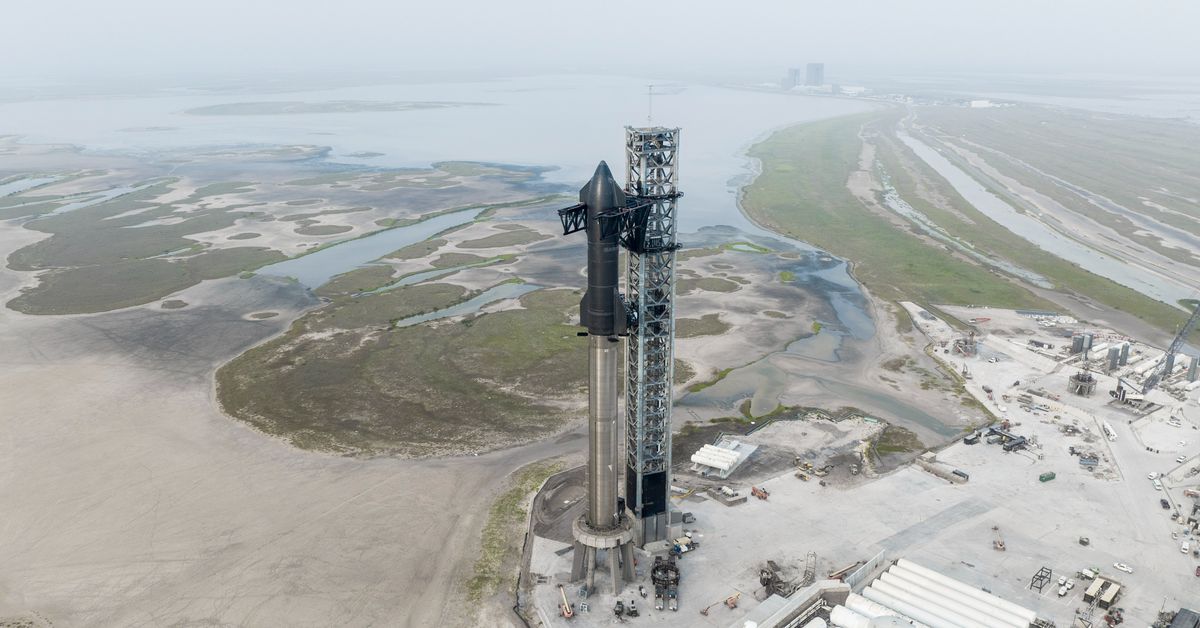SpaceX Starship Launch: FAA Guidance For Air Traffic

Table of Contents
Understanding Temporary Flight Restrictions (TFRs)
Temporary Flight Restrictions (TFRs) are essential safety measures implemented by the FAA around launch sites during SpaceX Starship launches. These restrictions temporarily close off specific airspace to ensure no aircraft interfere with the launch or are endangered by falling debris. The FAA issues TFRs well in advance of each launch, specifying precise geographical coordinates, altitudes, and timeframes. Violating a TFR can result in severe penalties, including hefty fines and potential legal action.
- Specific terminology in TFR notices: TFR notices use precise geographical coordinates (latitude and longitude), defined altitudes (in feet above mean sea level), and exact start and end times for the restriction.
- Accessing real-time TFR information: Pilots and the public can access real-time TFR information through the FAA's website, mobile apps like FlightAware and others that provide real-time airspace data, and through official NOTAMs (Notice to Airmen).
- Different types of airspace restrictions: Beyond simple TFRs, Starship launches might involve other airspace restrictions, such as Special Use Airspace (SUA) or Warning Areas, depending on the specific launch trajectory and potential hazards.
Communication Protocols Between SpaceX, FAA, and Air Traffic Control
Effective communication is paramount during a SpaceX Starship launch. A complex network of communication channels ensures seamless coordination between SpaceX, the FAA, and air traffic control facilities. SpaceX provides the FAA with detailed launch plans, including predicted trajectories and potential hazards. The FAA then issues the necessary NOTAMs and TFRs, and air traffic controllers manage the airspace to avoid conflicts. Clear and timely information exchange is critical to minimizing risks and ensuring the safety of all parties involved.
- Communication methods: Communication encompasses various methods, including dedicated radio frequencies for air-to-ground communication, pre-arranged phone lines between SpaceX and the FAA, and the use of NOTAMs to disseminate information broadly to all airmen.
- Frequency of communication updates: The frequency of communication increases significantly as the launch window approaches. Regular updates are exchanged concerning weather conditions, launch readiness, and any potential deviations from the planned trajectory.
- Emergency communication procedures: Pre-defined emergency communication protocols are in place for unexpected events, including launch failures or unexpected debris fields. These protocols ensure rapid dissemination of vital information and prompt response capabilities.
Safety Procedures and Emergency Response Plans
Comprehensive safety procedures and emergency response plans are meticulously developed and implemented by both the FAA and SpaceX. These plans cover a range of potential scenarios, from minor anomalies during launch to catastrophic failures. Air traffic control plays a crucial role in coordinating emergency responses, rerouting aircraft as needed, and providing essential information to emergency services on the ground.
- Emergency scenarios: Potential scenarios include launch failures resulting in a controlled or uncontrolled descent of the rocket, the creation of a debris field following an explosion, and unexpected deviations from the planned trajectory.
- Rerouting aircraft: In case of an emergency, air traffic controllers immediately reroute aircraft away from the affected airspace, ensuring maximum safety for airborne vehicles.
- Emergency communication channels: Dedicated emergency communication channels ensure rapid and efficient information sharing among all stakeholders during critical situations.
Impact of SpaceX Starship Launches on Commercial Air Traffic
SpaceX Starship launches inevitably lead to temporary disruptions to commercial air traffic. The FAA works closely with airlines and other stakeholders to minimize these disruptions. The implementation of TFRs and carefully coordinated airspace management strategies aims to reduce flight delays. SpaceX also collaborates with airlines to identify strategies for optimizing flight paths and schedules to minimize the impact of launch operations.
- Mitigating flight delays: The FAA utilizes advanced predictive modeling to forecast the potential impact of launches on commercial flights and develops mitigation strategies to minimize delays.
- Optimizing flight routes: Airlines actively work with air traffic control to adjust flight routes to avoid restricted airspace.
- Compensation mechanisms: While not always explicitly stated, potential compensation mechanisms may be negotiated between SpaceX and airlines severely impacted by launch-related delays, though this is not a standard practice at this time.
Conclusion: Staying Informed About SpaceX Starship Launch Air Traffic Guidance
Understanding the FAA's guidance on SpaceX Starship launches is paramount for ensuring safe and efficient air traffic management. Adhering to TFRs, understanding the communication protocols, and being aware of emergency response plans are all crucial aspects of maintaining air safety during these significant events. The collaborative efforts between SpaceX, the FAA, and air traffic control demonstrate a commitment to prioritizing safety while enabling space exploration. To stay updated on SpaceX Starship launches and related FAA guidance on "SpaceX Starship Launch: FAA Guidance for Air Traffic," regularly check the FAA website and utilize mobile apps providing real-time TFR updates. Proactive awareness is key to navigating the skies safely during these exciting and transformative launches.

Featured Posts
-
 Bargain Hunt Your Guide To Finding The Best Deals
May 29, 2025
Bargain Hunt Your Guide To Finding The Best Deals
May 29, 2025 -
 Does Jinx Die In Arcane A Definitive Answer
May 29, 2025
Does Jinx Die In Arcane A Definitive Answer
May 29, 2025 -
 Downtown Pcc Returns A Fresh Take On The Corner Market
May 29, 2025
Downtown Pcc Returns A Fresh Take On The Corner Market
May 29, 2025 -
 Peringatan Hujan Ramalan Cuaca Jawa Timur 6 Mei 2024
May 29, 2025
Peringatan Hujan Ramalan Cuaca Jawa Timur 6 Mei 2024
May 29, 2025 -
 Barcelona Vs Real Madrid Instant Reactions To A 4 3 Thriller
May 29, 2025
Barcelona Vs Real Madrid Instant Reactions To A 4 3 Thriller
May 29, 2025
